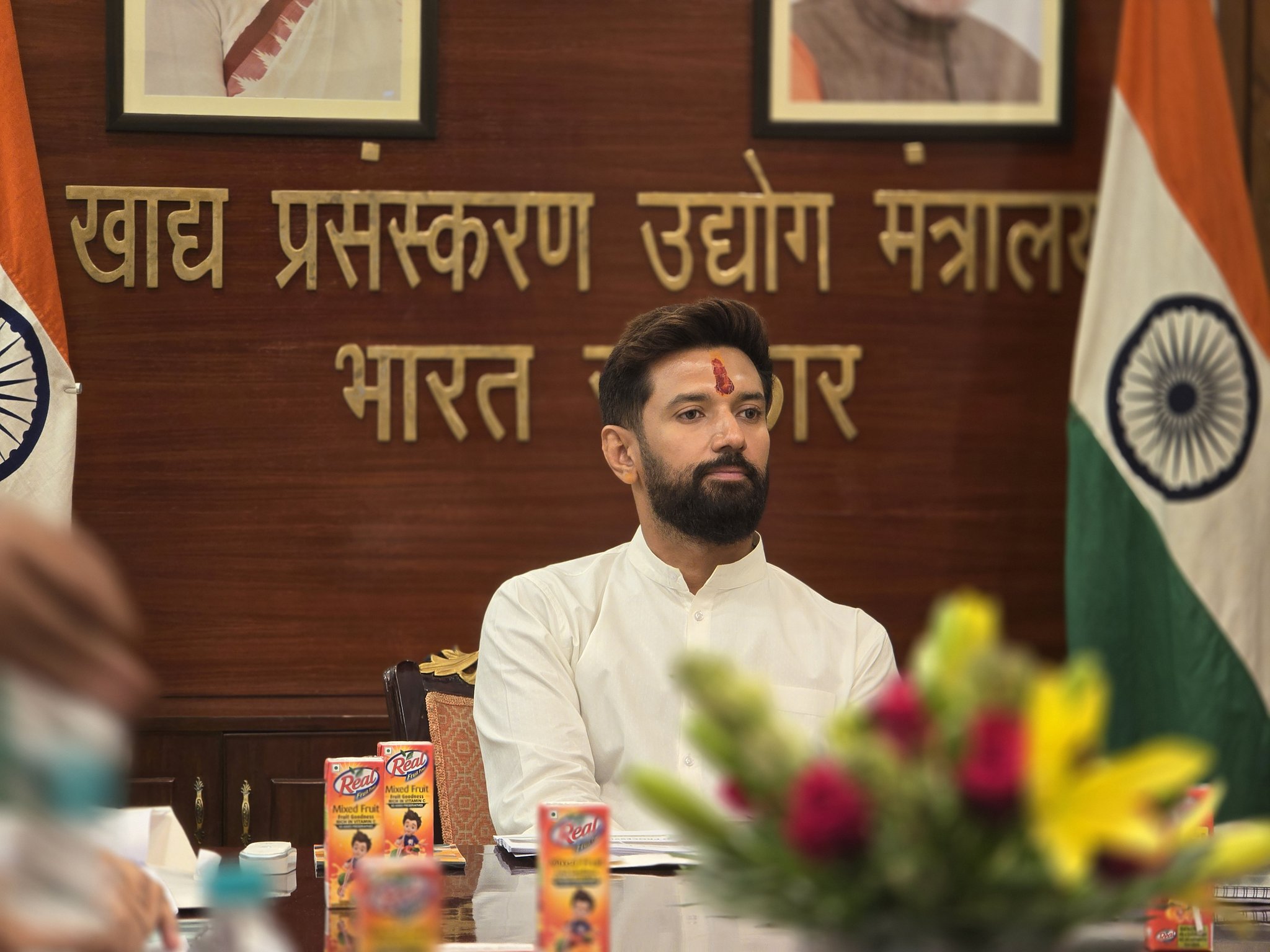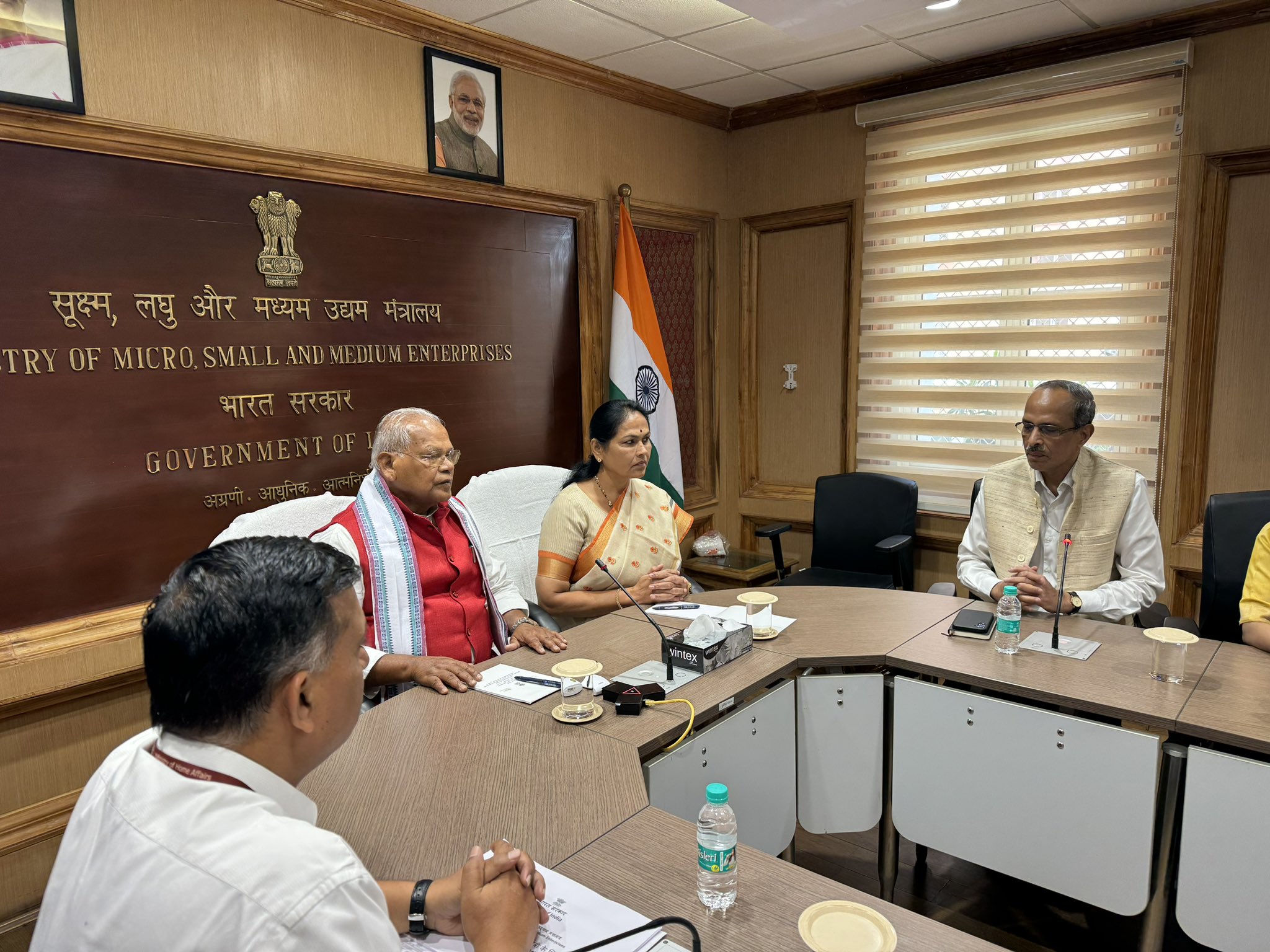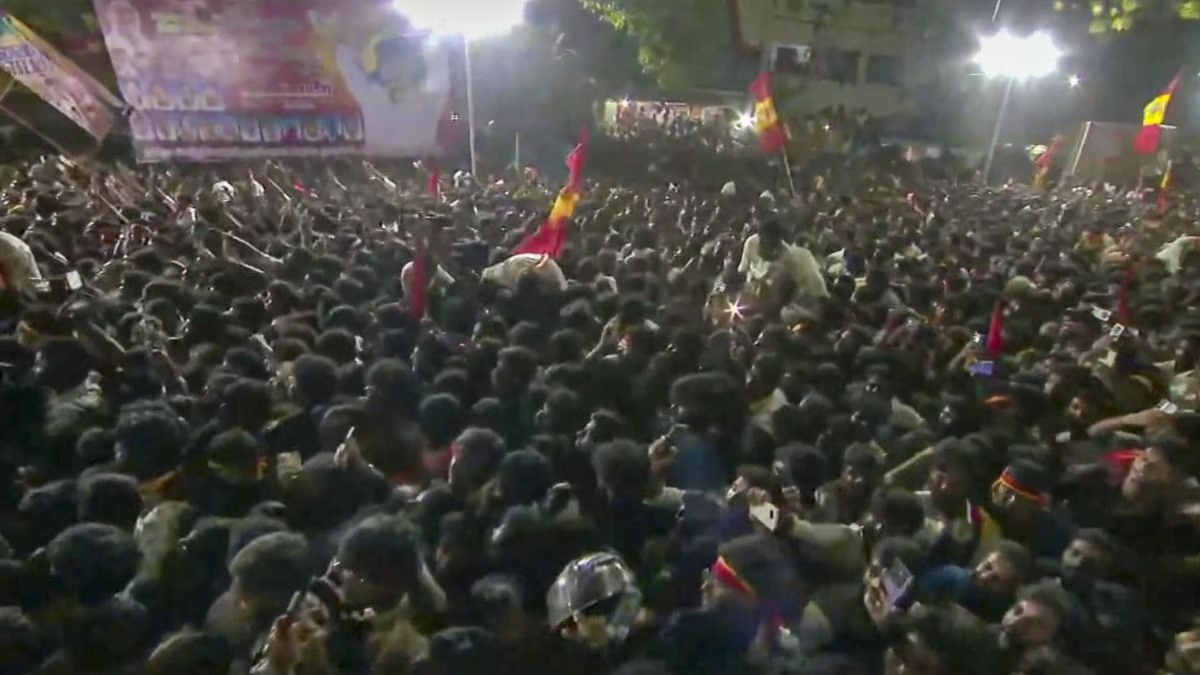Following the inauguration of the new NDA government, the distribution of ministries and departments was equally undertaken. As seen in Modi's 3.0 tenure's shape, new faces from assembly parties in the cabinet were assigned significant budget departments. A total of 55 ministries (including independent charge) have been allocated among which 30 have been made cabinet ministers. There are 5 independent charges (state ministers). Many ministers are responsible for two to three departments. Prime Minister Narendra Modi himself has kept the Personnel, Public Grievances and Pensions Ministry, Nuclear Energy Department, Space Department, and all other important policy issues and other departments not allocated to any other minister with himself.
The NDA ally, LJP (Ramvilas) leader Chirag Paswan was given the Food Processing Industry Ministry, HAM Chief Jitan Ram Manjhi was assigned the Micro, Small, and Medium-sized Enterprises Ministry, and former JDU chief Rajiv Ranjan alias Lalan Singh was handed the Panchayati Raj Ministry and the Ministry of Fisheries, Animal Husbandry, and Dairying. TDP's K. Ram Mohan Naidu was given the Ministry of Civil Aviation, and JDS leader HD Kumaraswamy was given the Ministry of Steel and Heavy Industries. Let us understand what these ministries do...
Food Processing Industry Ministry:
The food processing sector significantly contributes to the national economy, with a 13% share in exports and a 6% contribution to industrial investment. The sector has attracted a considerable amount of direct foreign investment, totaling 4.18 billion U.S. dollars between 2014 and 2020. The industry involves activities that increase the value of primary agricultural products. For instance, processing dairy products, milk, fruits, and vegetables, as well as packaged foods and beverages, fall under the food processing industry's ambit. India imports a large quantity of processed food products from abroad. As of now, the domestic consumption of food items is valued at around 370 billion dollars. By 2025, this figure is likely to reach the 1 trillion dollar mark. If food processing is rightly focused on within the country, it could reduce our dependency on other countries, benefiting farmers and business-related people directly. In 2023-2024, the ministry's budget was 3290 crores INR. The responsibility of this ministry was taken over by Chirag Paswan.

Source: aajtak
Advantages of the Food Processing Industry:
- Food processing units provide farmers with additional profits. Farmer productivity increases, thus boosting their income. - New economic activities arise, creating job opportunities and ensuring food security. Agricultural diversification is promoted. - It is a sector rife with business investment opportunities—from post-harvest facilities to logistics, cold storage chains, and manufacturing. - By expanding the food processing industry, employment opportunities open up, especially in rural areas where small food processing units can be established to increase employment and emerging micro-entrepreneurs. - The industry can help farmers by introducing better farming techniques and providing industries with higher quality raw materials. It can also potentially ensure farmers get fair prices for their produce. - The central government is establishing mega food parks and focusing on a one district, one product initiative. - The Mega Food Park scheme aims to link agricultural production with the market by establishing a mechanism that maximizes value addition, minimizes waste, increases farmers' incomes, and especially creates job opportunities in rural areas. The scheme is based on a 'cluster' approach. - Key schemes of the department include the PM Kisan SAMPADA Yojana, PM Micro Food Processing Enterprise scheme, and the Production Linked Incentive (PLI) scheme for the food processing industry.
Micro, Small & Medium Enterprises Ministry (MSME):
Known as the engine of growth, this department spurs entrepreneurship with low capital investments and creates significant employment opportunities. It plays a vital role in the country's inclusive industrial development. The MSME produces and manufactures various products for both domestic and international markets. It also aids in the development of Khadi, Village, and Coir Industries with support from related ministries, state governments, and stakeholders. In 2023-2024, the ministry's budget was 22137.95 crores INR. Jitan Ram Manjhi headed this ministry. - Small and medium-sized businesses contribute greatly to the Indian economy's growth. That's why the government launches various schemes periodically to support them. - The sector plays a crucial role in the socio-economic development. Hence, it's often referred to as the backbone of the Indian economy. Not only does it generate employment, but it's also significant for rural development. As of 31st August 2021, there are roughly 63 million MSMEs in India. - Industries are classified into categories based on investment and turnover for both manufacturing and service sectors: micro industries have an investment of less than 1 crore INR and an annual turnover of less than 5 crore INR; small industries have an investment of less than 10 crore INR and a turnover of up to 50 crore INR; and medium industries have an investment of under 50 crore INR and a turnover of up to 250 crore INR.

Source: aajtak
- The central government also operates various schemes to assist in starting industries, providing loans. These include Credit Guarantee Fund Trust for Micro and Small Enterprises, Credit Linked Capital Subsidy Scheme, Credit Guarantee Scheme, Mudra Yojana under PMMY, NSIC subsidies, Prime Minister's Employment Generation Programme, Prime Minister's Employment Scheme, Stand Up India, and Start Up India. - The MSME ministry specifically works towards the welfare of artisans and workers. It offers credit limits or financial assistance from banks. It promotes entrepreneurship development through specialized training centers and focuses on skill upgradation. It supports technology and infrastructure development and modernization. It provides assistance for easy access to domestic and export markets, offering modern testing facilities and quality certification. Support is also given for packaging, product development, and design intervention. Manpower training is offered. - Currently, MSMEs contribute approximately 30% to India's Gross Domestic Product (GDP), playing a crucial role in speeding up economic growth. Currently, the sector provides employment to more than 110 million people in the country.
The Ministry of Panchayati Raj and the Ministry of Fisheries, Animal Husbandry, and Dairying are both now led by Rajiv Ranjan Singh alias Lalan Singh. The Ministry of Panchayati Raj is responsible for all matters related to the Panchayati Raj and Panchayati Raj institutions, which were established in May 2004. It provides grants for the maintenance and construction of civic programs such as roads, sidewalks, bridges, drainage systems, parks, water supply, street lighting, etc. India's three-tiered administrative structure (village panchayat, panchayat committee, and district council) is known as the Panchayati Raj system, aiming for on-the-ground improvement in rural areas. It is crucial for achieving inclusive development goals and addressing issues like climate change and rural-to-urban migration. In 2023-2024, the Panchayati Raj Ministry's budget was 1183.64 crores INR.




